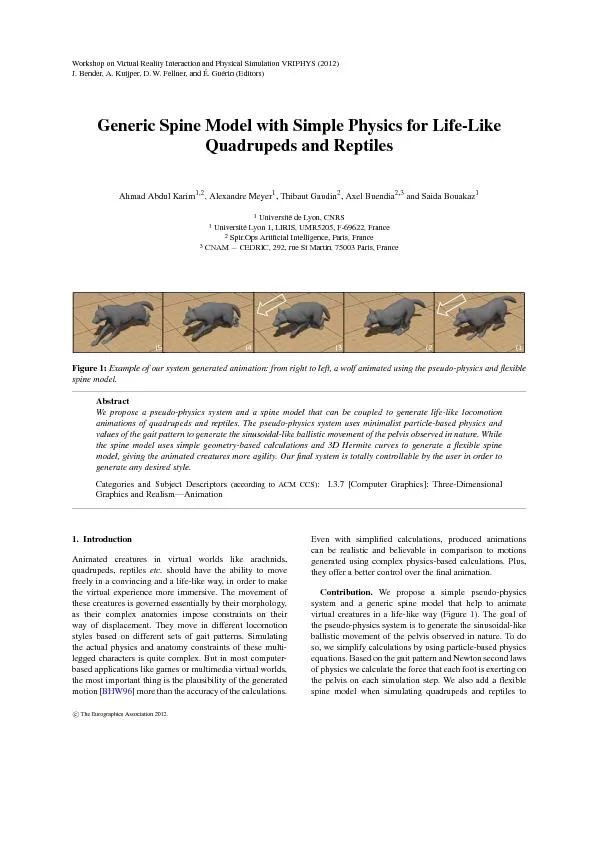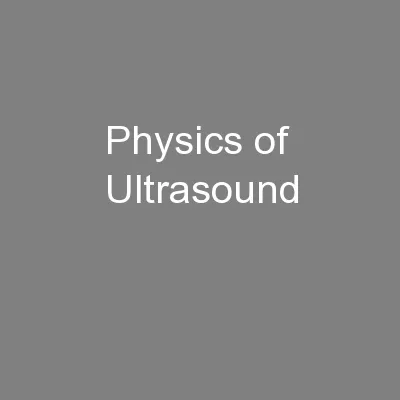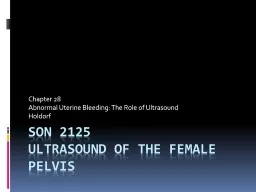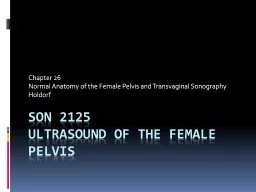PPT-Ultrasound of the Female Pelvis
Author : debby-jeon | Published Date : 2018-12-17
Ultrasound Evaluation of the Adnexa Ovary and Fallopian Tube Parts A amp B 23 week lecture Holdorf Contents Physiologic Cysts Follicular Cysts Corpus Luteum Cysts
Presentation Embed Code
Download Presentation
Download Presentation The PPT/PDF document "Ultrasound of the Female Pelvis" is the property of its rightful owner. Permission is granted to download and print the materials on this website for personal, non-commercial use only, and to display it on your personal computer provided you do not modify the materials and that you retain all copyright notices contained in the materials. By downloading content from our website, you accept the terms of this agreement.
Ultrasound of the Female Pelvis: Transcript
Download Rules Of Document
"Ultrasound of the Female Pelvis"The content belongs to its owner. You may download and print it for personal use, without modification, and keep all copyright notices. By downloading, you agree to these terms.
Related Documents














